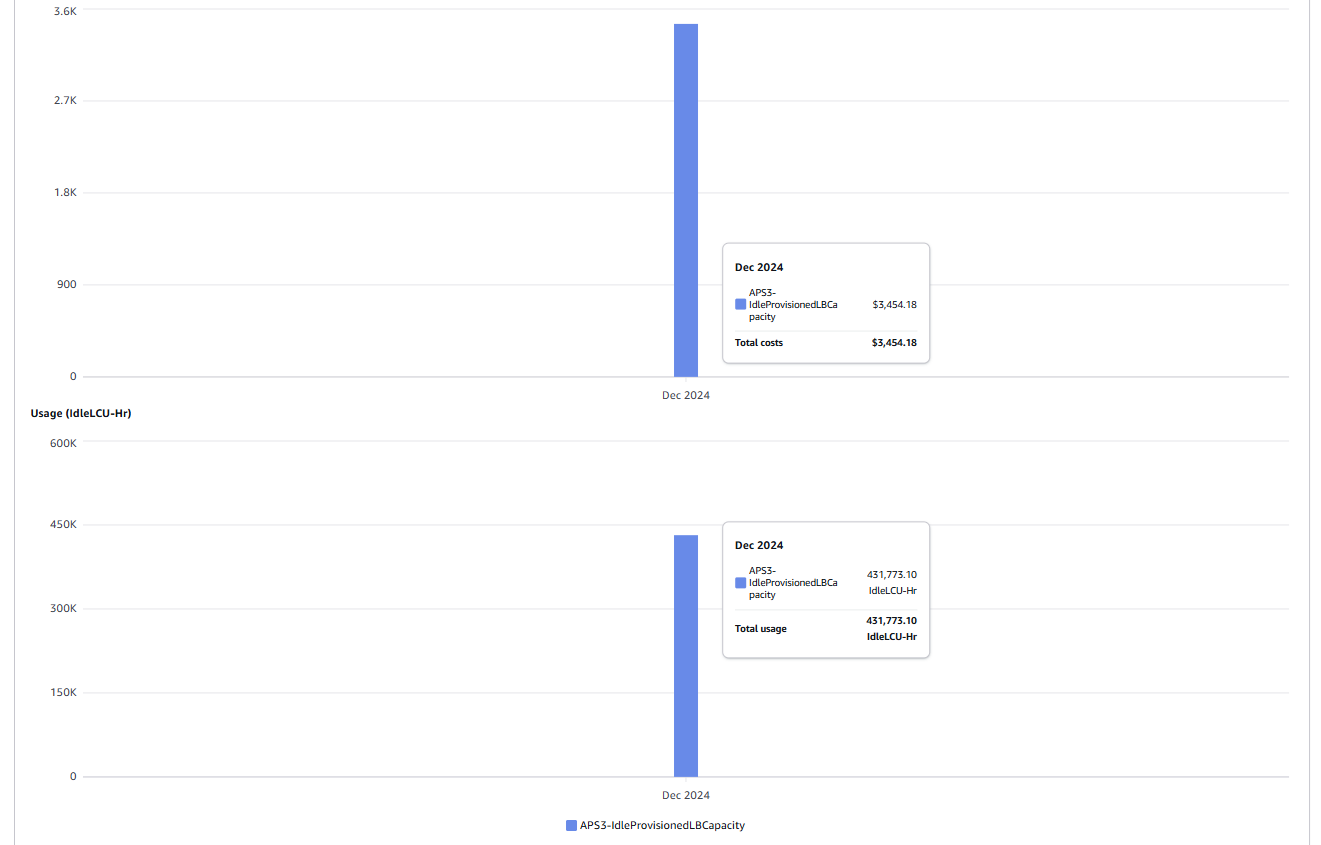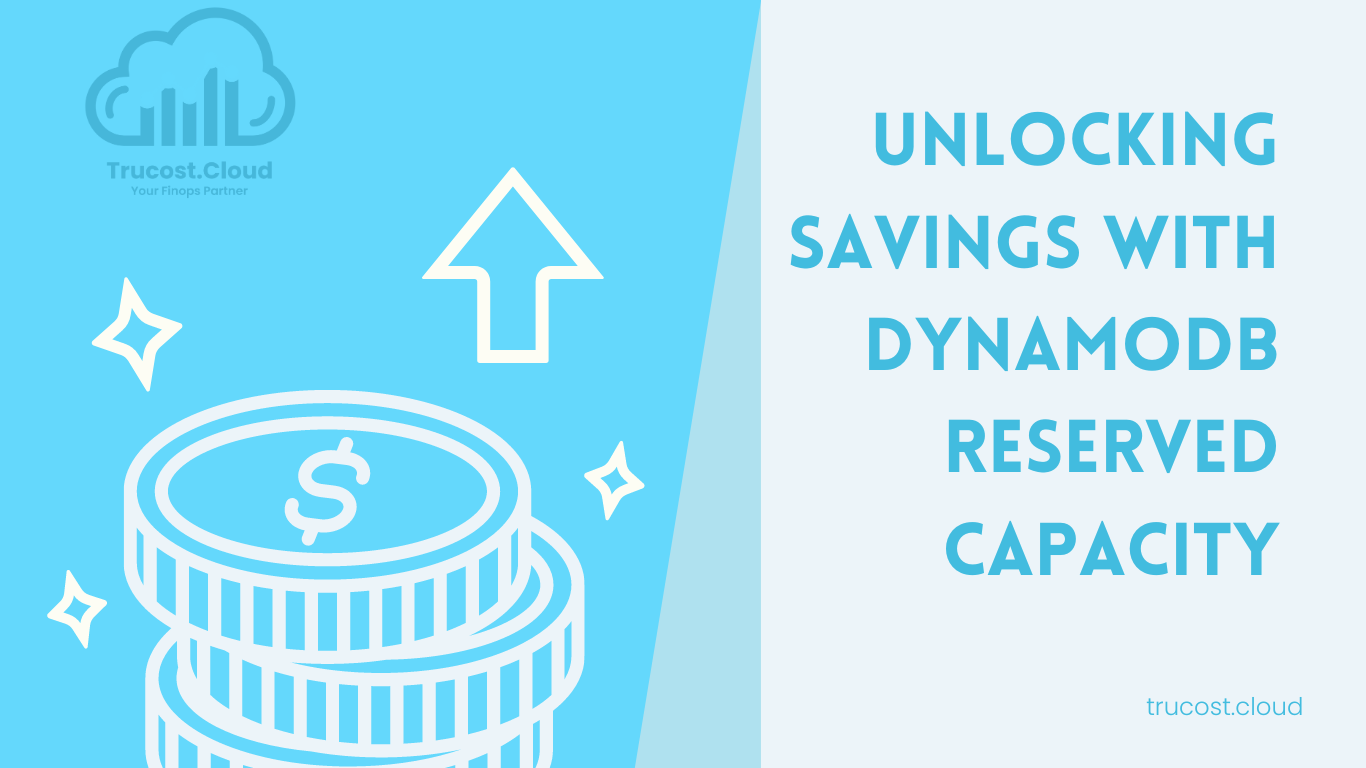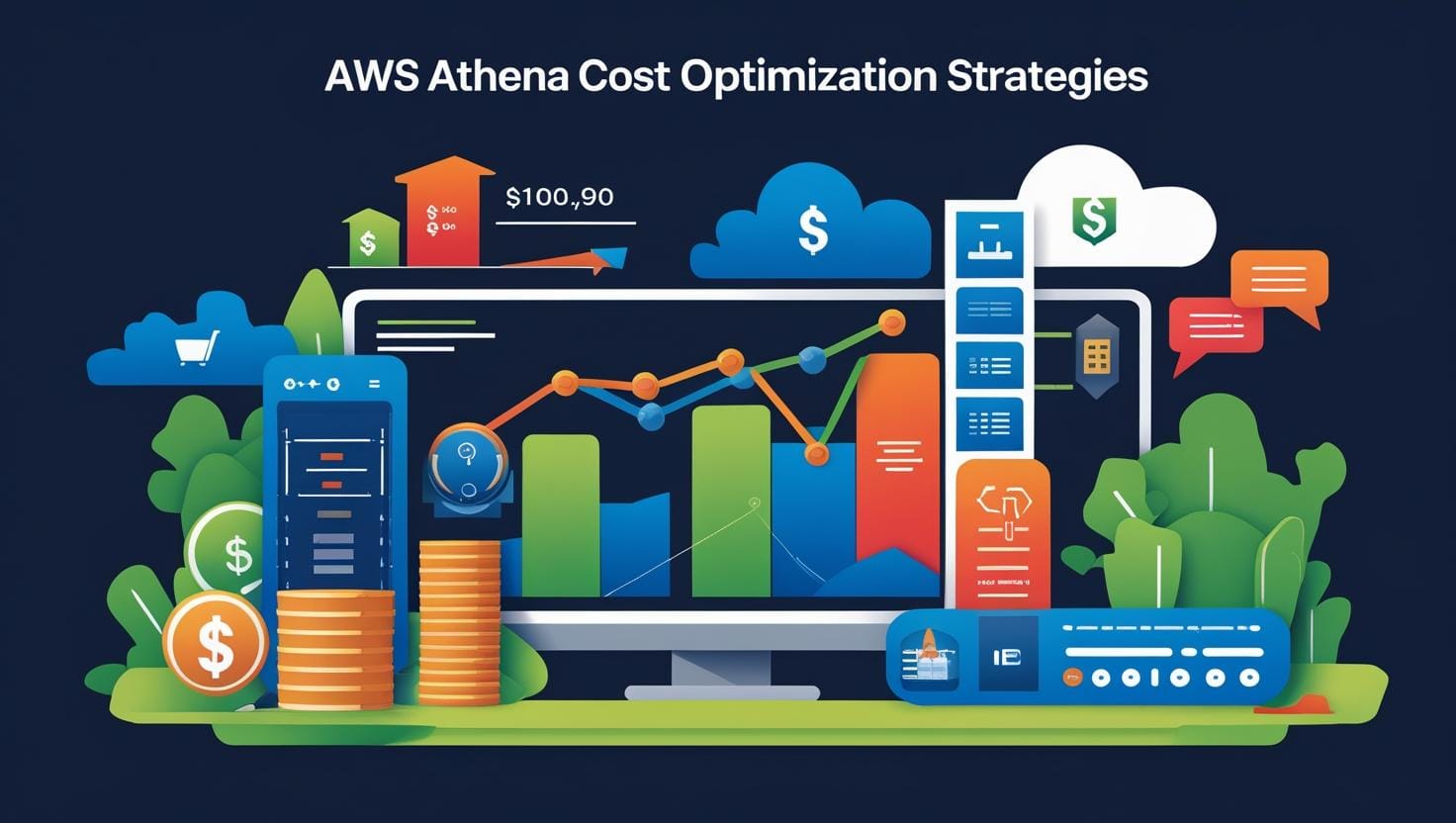
1 Powerful way to Identify and Optimize Idle Load Balancers in AWS for Maximum Savings | TruCost.Cloud
In today’s cloud-native world, managing costs effectively is as important as ensuring scalability and performance. One of the hidden culprits of unnecessary expenses in AWS environments is idle load balancers. These resources, while critical for distributing traffic, can become an expensive liability if left underutilized.
In this blog, we’ll dive into what idle load balancers are, how to identify them, and the steps you can take to optimize their usage. Additionally, we’ll show how TruCost.Cloud can help you achieve cost efficiency with ease.
What is an Idle Load Balancer?
An idle load balancer is a load balancer that’s actively running in your AWS environment but isn’t receiving or processing significant traffic. Despite being inactive, AWS charges for:
- Uptime: The number of hours the load balancer is running.
- LCUs (Load Balancer Capacity Units): Based on traffic and data processed.
Common scenarios leading to idle load balancers include:
- Decommissioned Services: Applications that no longer require traffic distribution.
- Misconfigurations: Incorrect routing policies or inactive backend instances.
- Environment Over-Provisioning: Having too many load balancers in test, staging, or production environments.
Without proper monitoring, these idle resources can silently drain your cloud budget.
Why Optimizing Idle Load Balancers Matters
Here’s why addressing idle load balancers is crucial:
1. Save Money on Cloud Costs
AWS charges for load balancers even if they’re idle. Eliminating unnecessary ones could save hundreds—or even thousands—of dollars annually.
2. Streamline Cloud Infrastructure
Idle resources increase architectural complexity, making monitoring and troubleshooting more challenging.
3. Boost ROI from AWS Investments
By ensuring all resources serve a purpose, you maximize the return on your AWS spend.
How to Identify Idle Load Balancers in AWS
1. AWS Cost Explorer
- Navigate to Cost Explorer in your AWS Console.
- Filter costs by ELB (Elastic Load Balancer) service.
- Look for load balancers with high costs but little or no associated traffic.

2. CloudWatch Metrics
AWS CloudWatch provides real-time metrics for load balancers, such as:
- RequestCount: Total number of requests served.
- ActiveConnectionCount: Number of active backend connections.
If these metrics show consistent zero values, the load balancer is likely idle.
3. AWS Trusted Advisor
- Use the Trusted Advisor tool to identify underutilized resources, including idle load balancers.
- It provides recommendations for cost optimization, such as removing unused load balancers.

4. Analyze Load Balancer Access Logs
- If Access Logging is enabled, check the logs for traffic patterns. A lack of requests over weeks or months indicates idleness.
5. Third-Party Finops Consultation
TruCost.Cloud helps you simplify the process of identifying idle load balancers and other underutilized AWS resources by providing real-time cost insights and actionable recommendations.
How to Optimize Idle Load Balancers
1. Delete Idle Load Balancers
- Terminate load balancers that are no longer serving a purpose. Ensure that the services relying on them are properly decommissioned.
2. Consolidate Resources
- Instead of maintaining multiple load balancers for smaller workloads, route traffic through a single load balancer whenever possible.
3. Adjust Auto Scaling Configurations
- Misconfigured Auto Scaling Groups can result in backend instances that aren’t needed, leaving the load balancer idle. Review and update your scaling policies.
4. Leverage Serverless Options
- For workloads with intermittent traffic, consider serverless options like AWS Lambda with an Application Load Balancer (ALB). These scale automatically with usage, saving costs during idle periods.
5. Monitor Proactively with Automation
- TruCost.Cloud can help you to set alerts and regularly audit your AWS infrastructure for idle or underutilized resources.
Best Practices for Load Balancer Management
- Enable Access Logging: Regularly analyze logs to detect idleness.
- Use Automation: Tools like AWS Config and Lambda can automatically identify and notify you about idle load balancers.
- Set Threshold Alerts: Create CloudWatch alarms for low traffic or inactive backend instances.
- Review Periodically: Conduct monthly audits to ensure all load balancers are serving active workloads.
How TruCost.Cloud Can Help
At TruCost.Cloud, we specialize in AWS cost management through FinOps strategies, ensuring your cloud resources are optimized to avoid unnecessary spending. Our team makes it easy to:
- Identify Idle Load Balancers: Get real-time visibility into underutilized resources.
- Optimize Cloud Costs: Implement actionable recommendations for load balancer and overall resource optimization.
- Simplify Monitoring: Consolidate cost allocation, tagging, and resource usage insights into a single dashboard.
Real-World Impact: Save Big by Optimizing Idle Load Balancers
One of our clients recently saved 25% on their AWS bill by identifying and decommissioning idle load balancers in their staging environments. Using our tailored insights and proactive recommendations, they achieved significant cost savings with minimal effort.
Are you ready to unlock similar savings? Let TruCost.Cloud show you how.
Conclusion
Idle load balancers may seem insignificant in the grand scheme of your AWS environment, but they can add up to substantial costs over time. By identifying and optimizing them, you’ll not only save money but also streamline your cloud infrastructure.
Take control of your AWS costs today with TruCost.Cloud. Contact us for a consultation or visit trucost.cloud to learn more.









